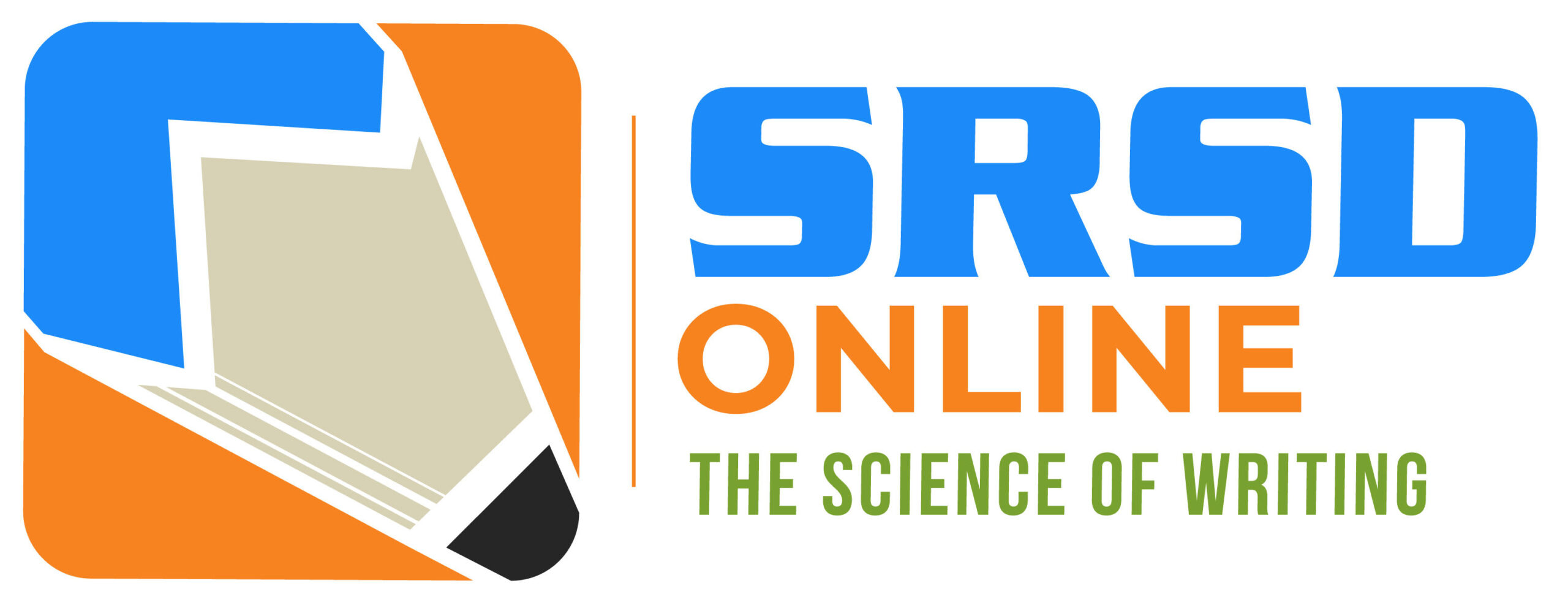Each step of SRSD
Interested to know the steps of SRSD? Here's a breakdown. Dr. Karen R. Harris has outlined six stages within the SRSD instructional method. The six stages guide the teacher through the approach to help students develop mastery before moving forward. In each stage, teachers work with students to learn and practice the SRSD strategies.
Stage 1: Develop and activate background knowledge
The purpose of this stage is to get students excited about the genre being addressed.
We build enthusiasm for the genre (hype the genre) and develop their knowledge of the genre. We also tap into students’ knowledge of the pre-skills necessary to effectively use the genre being addressed. Pre-skills in this stage refer to background knowledge, vocabulary and genre knowledge. Teachers try to assess the vocabulary needed for students to progress through the stage. We will read and discuss models during this stage to activate what students know about the organization of the genre. Teachers can use oral or written questions to accomplish to determine what students know.
After the above activities teachers should collect a pre-assessment. It’s critical to remember that we are not trying to teach the pre-skills but rather we are gathering knowledge about the students’ understanding of the genre.
The next step is to begin teaching a strategy using exemplary writing models. We also introduce self-regulation skills such as self-talk and goal-setting at this point.
In Stage 1 we introduce strategy mnemonics. There are a number of strategy mnemonics from which to choose. Selection depends on student skill level and teacher preference.
Stage 2: Discuss it
Teachers’ lessons concentrate on mastery of skills
In Stage 2 teachers more systematically examine the strategy being taught by mapping models using graphic organizers, reviewing and repairing poor models, building collaborative partnerships, providing deeper discussion of the benefits of strategy use, beginning to graph student progress, developing self-talk and goal-setting statements, and generalizing strategy application across multiple settings.
Karen Harris emphasizes that mastery of skills is expected in the SRSD framework and teachers’ lessons should concentrate on that premise. Exemplary and non-exemplary models are used for mapping on graphic organizers to assist students to identify which elements are present or not present in the essay. Using this strategy allows students to clearly see the differences between effective and ineffective writing and apply that knowledge to their own writing. Importantly, it is crucial at this stage to develop student dedication to the tasks as well as collaborative partnerships.
Stage 3: Model it
After completing Stages 1 and 2, teachers will model the tasks in Stage 3 using Think-Aloud techniques.
In Stage 3, Model It, teachers use modeling or collaborative modeling of planning, writing and self-regulation strategies. Teachers think-aloud while planning and writing an authentic composition and thoughtfully use self-statements throughout the process. Teachers use language that is natural and enthusiastic and geared to students’ verbal style and language level. The goal is to have students develop their own goals and self-statements as the work progresses. The goals and prompts used will be based on the skill level of the students. Teachers have found unique and interesting ways to model that will be explored during this stage. Adapting to students’ needs is one of the reasons why this stage is so powerful in moving students’ writing skills to the next level.
Teachers will model planning and writing the essay using a graphic organizer, scoring the essay using a rubric, setting goals based on the results of the rubric and developing appropriate self-talk statements.
The sequence of instruction presented in this course is based on the gradual release of responsibility model, “I do”, “We do”, “You do.” Using this process allows students to see how the teacher would carry out the task (I do), opportunities for guided practice (We do), and ending with independent use (You do). Stage 3 focuses on the “I do” and “We do” aspects of the lessons. Stage 6 is where teachers ensure that students can work independently (You do).
Stage 4: Memorize it
In Stage 4 teachers want to make sure that students have memorized the steps in the strategy mnemonic that is being addressed.
Importantly, teachers have students begin memorizing in stages 1 through 3, but they should take some time during this stage to verify that students have thoroughly memorized the steps. Fundamentally, we want students to internalize the strategy mnemonic as well as their personalized self-statements. This stage is especially important for struggling students, but may not be necessary for many students and can be omitted for them.
Stage 5: Support it
Stage 5 focuses on the need for teacher scaffolding of the strategies that have been previously taught in Stages 1—3.
The teacher provides as much support as is needed for students to attain their goals. Some of the activities will include collaborative writing, development of self-statements, goal setting and generalization of skills throughout this stage. The research is clear about the importance of the gradual release of responsibility from the teacher to the student in order for the student to be successful. The pace for the release of responsibility will depend on the students and most likely will be longer for students who find writing difficult. This stage requires much differentiation by the teacher and takes the most time of all the stages.
Stage 6: Independent performance
Stage 6 provides an opportunity to move students who have not already moved from “overt” to “covert” writing.
Stage 6 provides an opportunity to move students who have not already moved from “overt” to “covert” writing. The use of graphic organizers and self-instruction planners is typically not necessary for most of the students. An important goal in Stage 6 is to have students independently update their self-regulation plans. Generally, this stage continues the fading of scaffolds in Stage 5 to complete independence. Work in this stage also ensures that transfer to other environments is accomplished. Transfer work is begun in earlier stages and reviewed by teachers at this point to ensure generalization of strategies. Plans for maintenance and generalization continue to be implemented with continued collaborative assessment of strategies. Teachers may need to provide “booster” instruction in the genre during or after this stage.
EDUCATOR STORIES
1000’s of teachers are experiencing unprecedented writing and excelled learning results using Self-Regulation Strategy Development (SRSD). Additionally, SRSD success is cumulative and achieves generalization to other disciplines. Here are just a handful of our SRSD stories.



